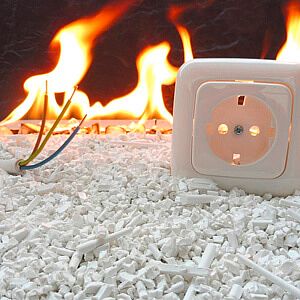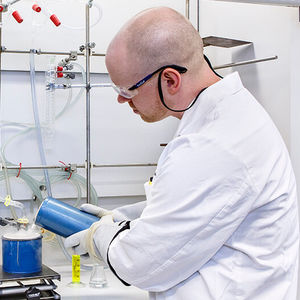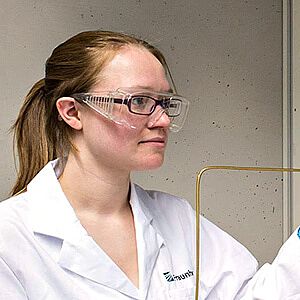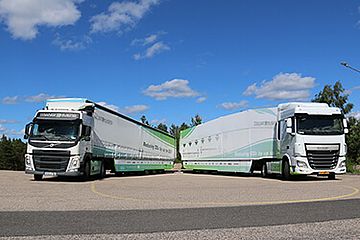Recycling halogen-free flame retardant plastics.
Environment, Safety, Resource Efficiency
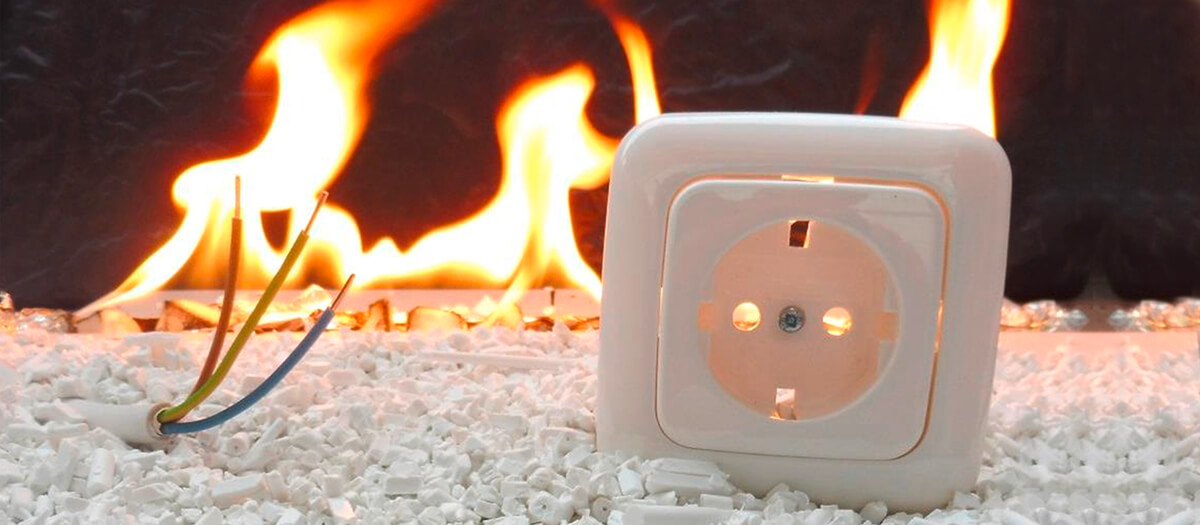
Recycling plastic waste after it has been used takes on special significance as our society becomes increasingly aware of the consequences of CO2-emissions, the growing mountains of waste and at the same time the scarcity of fossil-based raw materials. This also applies to the use of flame retardant plastics which are increasingly equipped with halogen-free flame retardants for environmental reasons.
Material recycling
Plastic products from a recycling process are fundamentally different from new ones. Irreversible changes, which are attributable to chemical and physical processes, can occur in the plastic during processing and use. The flame retardant used can also be subject to a damage mechanism which means that reliable flame protection is no longer guaranteed. The more often the plastic is recycled and the more demanding the processing conditions, the greater the risk.
As part of the ongoing research project, the aim is to thoroughly investigate the aging behavior of these materials to determine their recyclability. Furthermore, an understanding of the processes involved allows specific additives to be added to ensure an improvement in the quality of the recycled material.
The project therefore makes an important contribution to the socio-political issues of resource efficiency and security. The work is being carried out as part of the project promoting Cooperative Industrial Research of the AiF (German Federation of Industrial Research Associations, here Forschungsgesellschaft Kunststoffe e.V. [Plastics Research Company]) and with the participation of member companies of PINFA (Phosphorus, Inorganic & Nitrogen Flame Retardants Association, www.pinfa.org).
Multiple extrusion is used to simulate the loads the plastic is subjected to as a result of repeated processing. Aging processes which the plastic undergoes during processing are simulated by accelerated oven aging. The investigations consider common market-relevant formulations with halogen-free flame retardants which are used in market-relevant polymer classes (PE, PP, PA, PC/ABS).
The results so far are promising. The flame-retardant plastics based on PA6 and PA6/GF (= glass fiber) and PA66/GF showed the preservation of their flame retardant effect after multiple processing. However, in the context of multiple extrusion, a decrease in the mechanical properties is observed which can be improved again by the addition of specific additives. Results of the further course of the project will be presented at the working group “Flame Protection” of the Forschungsgesellschaft Kunststoffe.
Customer benefits
Companies will profit in many ways from this research project. They will be better able to use their own product waste in the case of flame retardant formulations and to save costs. The findings will lead to enhanced quality products with high safety standards, potential hazards of degradation products will be identified and can be offset. Competitive advantages continue to lie in designing new products based on recycled plastics. .
Abstract
Material recycling of various flame retardants/polymer combinations is investigated within the framework of this research project. The work focuses on identifying aging and damage mechanisms which occur and which have a significant influence on the mechanical properties and fire behavior. Furthermore, an understanding of the processes involved allows targeted addition of customized recycling additives, making it possible to improve the quality of the recycled material.
Project funding: AiF German Federation of Industrial Cooperative Research Associations, here Forschungsgesellschaft Kunststoffe e.V. [Plastics Research Company].
Participation of PINFA member firms (Phosphorus, Inorganic & Nitrogen Flame Retardants Association, www.pinfa.org.)
- Dr. Elke Metzsch-Zilligen
- Phone: +49 6151 705-8609
- elke.metzsch-zilligen@lbf.fraunhofer.de



